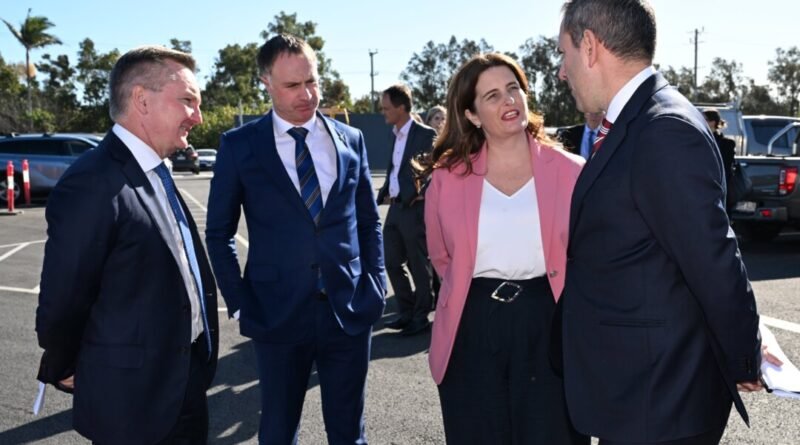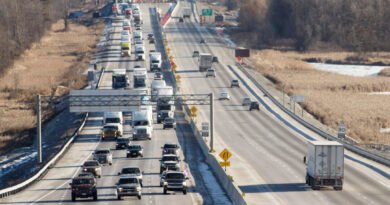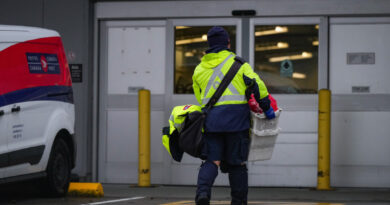Australia and New Zealand commit to enhancing eco-friendly trade between the two countries
Australian and NZ ministers have agreed on a range of measures to decarbonise the region.
Australian and New Zealand climate and finance ministers have committed to collaborating closely on strengthening “green trade” to achieve the shared goal of net zero emissions and bolster supply chain security.
In the second annual 2+2 meeting on July 30, Australia’s treasurer and climate change minister, Jim Chalmers and Chris Bowen, welcomed their New Zealand counterparts, Nicola Willis and Simon Watts, to Brisbane.
The major focus of the discussions was low-carbon liquid fuel production and more sustainable fuel options for powering trucks, cargo ships, and planes in both countries.
Low-carbon liquid fuel can be produced in various ways, including from plant and animal materials or combining hydrogen from waste, such as scrap steel and recycled plastics, with carbon dioxide.
This fuel type was identified as a priority in the Australian government’s Future Made in Australia Act, legislation that aims to launch Australia into a leading renewable energy superpower.
“We have agreed to work more closely with the aviation, maritime, and agricultural industries to help them decarbonise, as well as specific work to improve the supply chain security of the sustainable fuels these industries will rely on more and more,” Mr. Chalmers and Mr. Bowen said in a joint statement.
“Deeper collaboration between our countries will help us grab the vast industrial and economic opportunities from the world’s shift to net zero.”
New Zealand’s finance minister said it was an opportunity for her country’s primary industries to provide confidence to international investors that their money would have a positive impact on the environment and economy.
“Unlocking investment to reduce and remove emissions from the atmosphere is key to helping us meet our climate change targets,” Ms. Willis said.
“Today, we have confirmed the development of New Zealand’s sustainable investment model, or taxonomy will begin with the agriculture and forestry sectors.”
Mr. Watts reiterated the government’s commitment to meeting its climate targets, including the legally-enshrined target of net zero by 2050.
Among the agreements, Kiwi aviation representatives have been invited to join Australia’s Jet Zero Council, which provides advice to the Australian government about how the industry can help the country deliver on its net zero ambitions.
The move is aimed at improving advice on how to decarbonise trans-Tasman travel.
Similarly, the ministers agreed to meet with maritime stakeholders to discuss developing green trans-Tasman shipping routes.
New Zealand has also been invited to join Australia in the Climate Club, an organisation backed by the G7 economies.
It comes after a change of government in New Zealand that has changed the strategy for meeting its renewable targets.
There was no mention of nuclear power, with the National-led New Zealand government strongly in support of the country’s long-standing nuclear-free policy and Labor staunchly against the Australian opposition’s nuclear proposal.
Meanwhile, both sides also agreed to work together to prioritise climate action in the Pacific, which they said is the “single greatest existential threat to the livelihoods, security, and wellbeing” of the Pacific people.
In a joint statement, they said, “Both governments are committed to positioning Australia and New Zealand, and the Indo-Pacific region, to benefit from this shift.”





